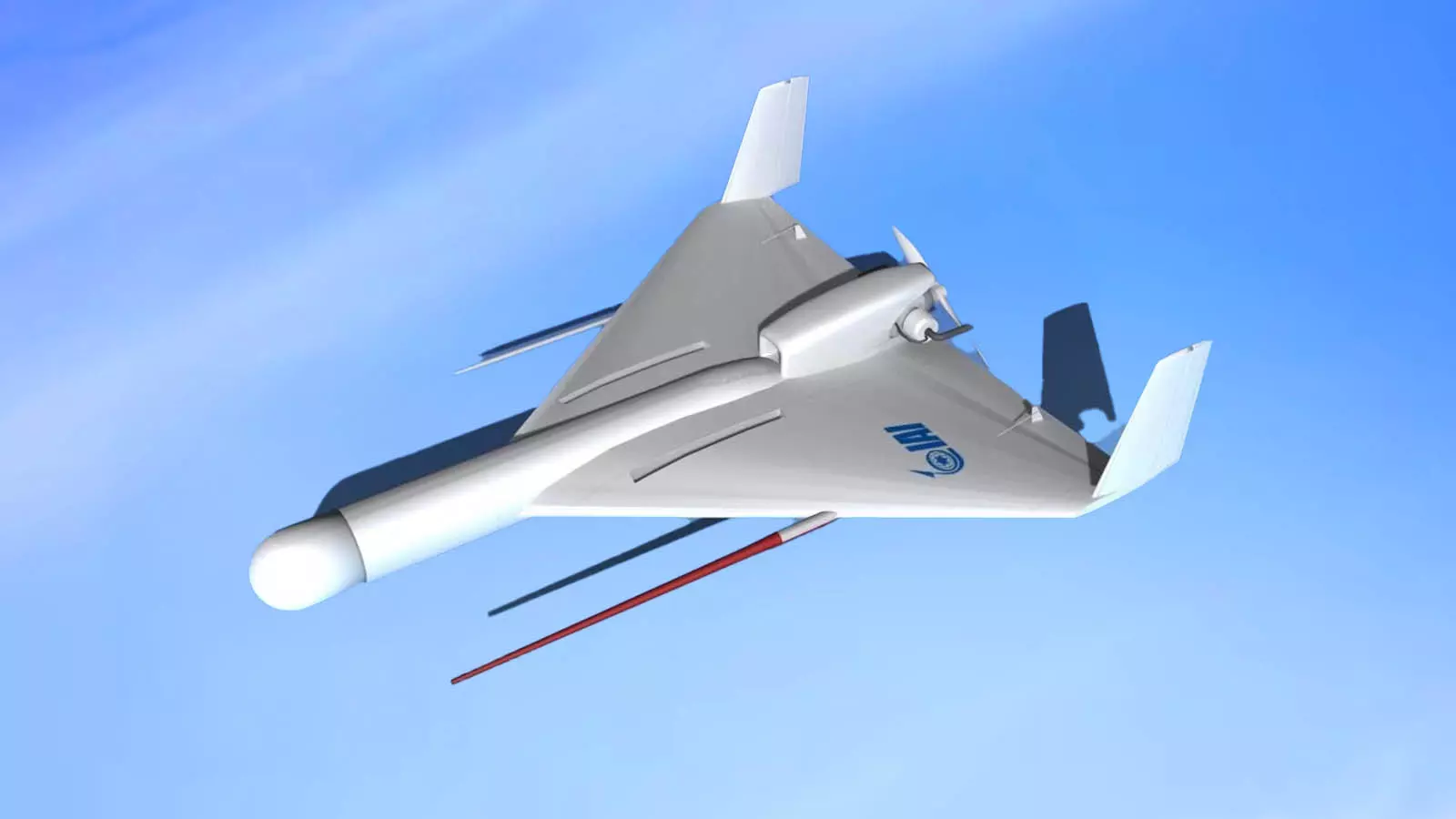
What is a Harpy drone? Why did India use it to strike Pakistan?
India uses S-400 Sudarshan Chakra to foil Pakistani drone and missile attack, then hits back with Harpy drones to disable air defence radar system in Lahore

On the night of May 7, Pakistan launched attacks targeting Indian military installations across Jammu and Kashmir, Punjab, and Gujarat.
However, these attacks were effectively foiled by India’s Integrated Counter-UAS Grid and missile defence systems. The Russian-made S-400 air defence system successfully intercepted the 15 missiles Pakistan launched at Indian cities till early Thursday morning.
Following that, on Thursday morning, Israeli-made Harpy drones were deployed to target and disable Pakistan’s air defence radar systems in Lahore.
Here is more on these military technologies.
Also Read: Operation Sindoor: 15 Indian cities Pakistan tried to attack
S-400 Sudarshan Chakra
The S-400 Sudarshan Chakra air defence missile system can track inbound missiles from 600km away and can intercept these targets within a 400-km range.
The Indian Air Force’s S-400 was used on Wednesday night to intercept what turned out to be Pakistani drones and missiles moving towards India.
As evidence, projectiles were found in several border locations, including Punjab’s Amritsar.
Also Read: Operation Sindoor | Rajnath Singh warns Pakistan: Be ready for 'quality action'
What are Harpy drones?
After intercepting the Pakistani drones and missiles, the Indian Armed Forces carried out precision strikes on Pakistan’s air defence infrastructure, deploying Harpy drones to target the defence radar system in Lahore.
The Harpy drone is an Israel-made, high-precision, loitering munition designed to locate and destroy enemy radar systems.
The Harpy is designed to attack radar systems and is optimised to operate in a suppression of enemy air defences, or SEAD, role.
It carries a high-explosive warhead and has a special radar that can autonomously seek and strike radiation-emitting, high-value targets.
Also Read: India leaves Lahore defenceless after neutralising overnight Pak threats
Why Harpy?
Equipped with an Anti-Radiation (AR) seeker, Harpy can autonomously seek and strike emitting, high-value targets.
The Harpy is designed to track and eliminate targets in a designated area, locate and identify their frequency, and autonomously pursue a strike from any direction, at shallow or steep dive profiles.
It is capable of conducting deep strike missions lasting up to nine hours, operating both day and night, in all weather conditions, and even in GNSS-denied or contested battlefield environments.
Pahalgam and Operation Sindoor
The Pakistani military’s cross-border offensive came just a day after India’s Operation Sindoor, in which Indian forces destroyed nine terror camps deep inside Pakistan and Pakistan-occupied Kashmir in the wake of the massacre of 26 civilians at Pahalgam in Jammu and Kashmir on April 22.

